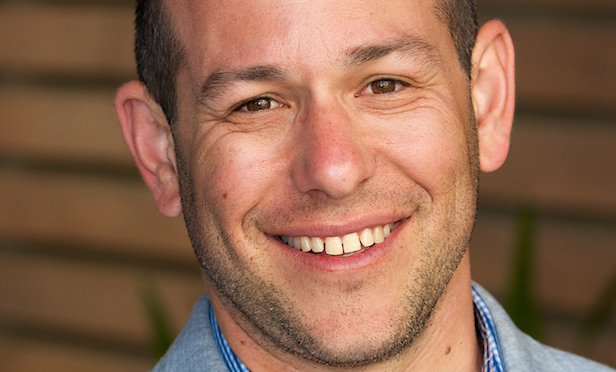
PORTLAND, OR—“Where are the early adopters” in smart-home technology, IOTAS Inc. founder and CEO Sce Pike asks in a blog posting on the origins of her company, which provides smart-home solutions specifically for rental properties. “Not the uber-geeks and DIY tinkerers, but the ones who would use, provide feedback on, and refine this technology for the mass majority?”
Pike answers her own question: “The typical age group for early adopters is 18-35, which fits the Millennial demographic. With this group, home ownership was only at 35%, since most of them were renting.”
In a special presentation on the second day of RealShare Apartments, scheduled for Oct. 18 and 19 at the Westin Bonaventure in Los Angeles, Pike will provide insights into the ways that smart-home features can mean a value-add for multifamily owners and operators, not merely their tenants. Here to set the stage for Pike's discussion is Matt Greene, VP of marketing for Portland, OR-based IOTAS.
GlobeSt.com: What are the parameters of smart home technology for apartments? They must be different from the definition for single-family homes.
Matt Greene: Very much so. The multifamily industry has been shooting to make their properties smarter, but home automation has been around for 30 years, ever since the Clapper. From a device standpoint, it's sold through retail channels to the single-family population, more often than not, and that platform doesn't translate into multifamily.
When you have people moving in and moving out, you have to have some overarching control from the property management standpoint as well: building-wide access to data for those individual units and being able to turn over residences fairly easily without having to reprogram devices. There are a lot of iterations, especially with multifamily where you can build in the hardware natively into the project, whether new construction or through retrofits, and have everything ready to go so that it's turnkey. It allows the resident to move in and download an app; everything's in one interface, one platform. When all the devices are interconnected is where there's the true benefit. Having a bunch of disparate devices makes no sense.
GlobeSt.com: A few years ago, the use of smart technology would have been pretty specialized, limited to a few new-construction, high-end projects. Is this still the case?
Greene: That's still the general thought regarding smart technology. Most developers and ownerships groups that we're working with look at this as something of a high-end amenity for class A urban high-rises. But when you're looking at class B or B-plus spots that really want to compete with those other properties, they also have more opportunity. With a lot of the groups that are looking to integrate smart technology, it's not just as a basic amenity, it's: how do they extract more rent out of the renters, what's the NOI play, what's the value proposition?
In the class A urban market, they're looking at this mainly as a marketing differentiator and for lease retention, and less for the sake of rental premiums. When you're looking at the suburban, garden-style communities, or even the second or third tier of classes, you have more leeway to increase your rents based on technology that these renters will be completely enamored by, because they haven't had access to it before. The middle-income demographic are the ones paying monthly service fees just to have access to numerous things, and I think this falls right in line with those properties.
GlobeSt.com: As we move out into suburban properties, are seeing interest coming more from owners that see the potential or from owners that are responding to tenant demand?
Greene: I don't know if most renters are asking for smart technology, because a lot of them don't really know what it is yet. I think the entire industry is still trying to define what a smart apartment is. How do you market that. How do you brand it, what's the experience? What are the benefits to the property management site team from a labor savings standpoint? What kind of data can they extract from all this? A lot of this is still in its infancy. As a result, the properties that are looking at the integration of smart technology, more often than not, see it as a straight NOI play.
Want to continue reading?
Become a Free ALM Digital Reader.
Once you are an ALM Digital Member, you’ll receive:
- Breaking commercial real estate news and analysis, on-site and via our newsletters and custom alerts
- Educational webcasts, white papers, and ebooks from industry thought leaders
- Critical coverage of the property casualty insurance and financial advisory markets on our other ALM sites, PropertyCasualty360 and ThinkAdvisor
Already have an account? Sign In Now
*May exclude premium content© 2025 ALM Global, LLC, All Rights Reserved. Request academic re-use from www.copyright.com. All other uses, submit a request to [email protected]. For more information visit Asset & Logo Licensing.








